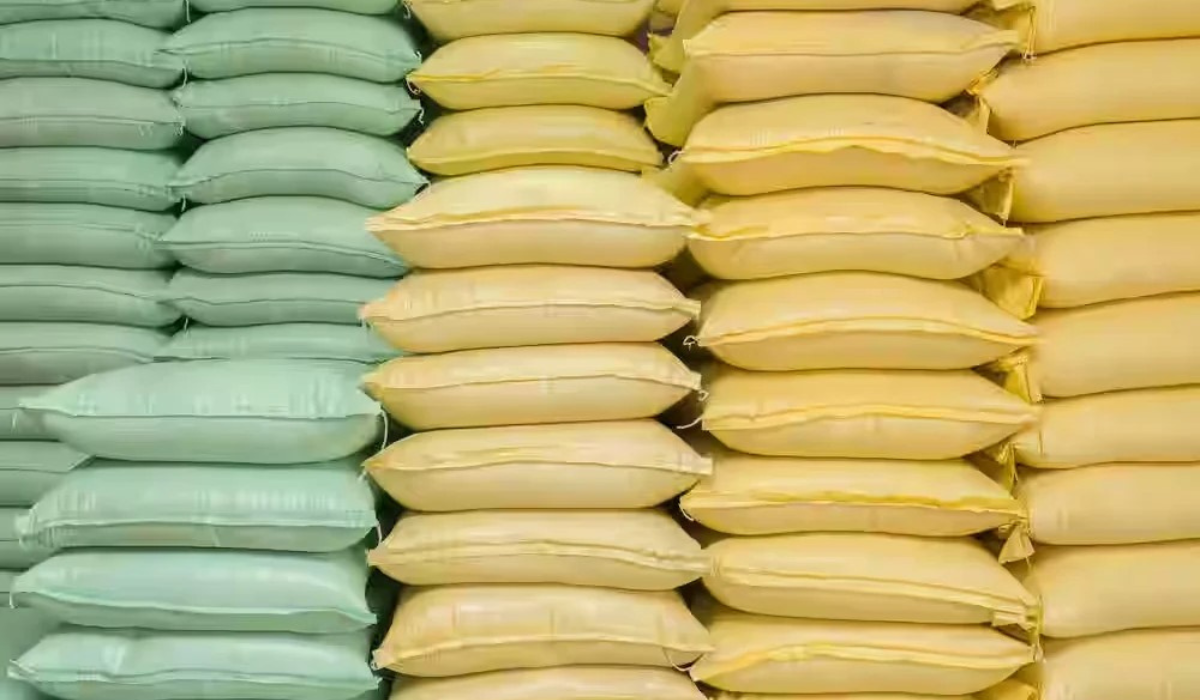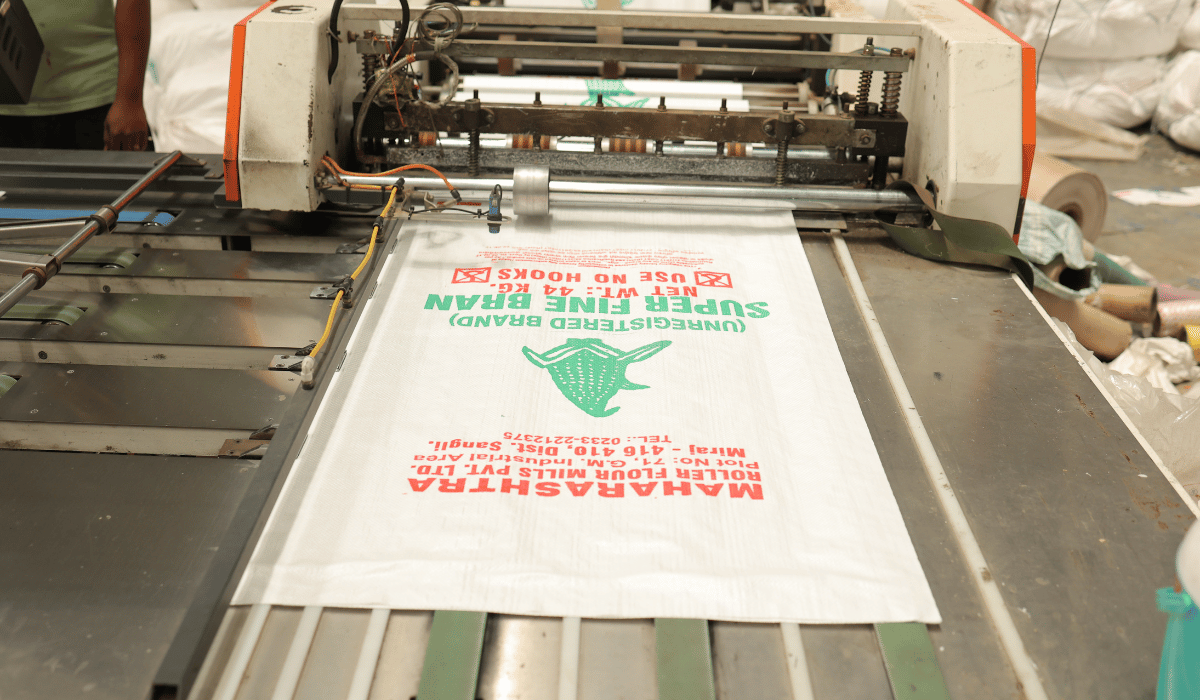Woven Sacks
![]()
Woven Polypropylene Sacks: Beyond Agricultural Applications
Woven polypropylene (PP) sacks, a mainstay in the agricultural sector, possess remarkable versatility beyond the farm. Their inherent properties – strength, durability, and breathability – translate to a surprisingly wide range of industrial and social applications.
- Construction Industry Partners: The construction industry leverages woven PP sacks for the secure transportation and storage of bulk materials like sand, gravel, and cement. Their tear resistance ensures product integrity, while breathability prevents moisture build-up that can damage contents during storage.
- Flood Mitigation Solutions: In times of flooding, woven PP sacks filled with sand can be rapidly deployed to create temporary flood barriers and divert water flow. Their affordability and widespread availability make them invaluable during emergencies.
- Sustainable Erosion Control: Woven PP sacks can be repurposed into eco-friendly erosion control blankets. Filled with soil and seeds, these blankets are placed on slopes to prevent soil erosion and promote vegetation growth, contributing to sustainable land management practices.
- Art World Protectors: Large woven PP sacks serve as a cost-effective and reliable dust cover solution for sculptures, furniture, and other artwork during storage or transportation. This protects valuable pieces from dust, dirt, and potential damage.
- Humanitarian Aid Essentials: Woven PP sacks play a critical role in humanitarian aid efforts. They can be rapidly assembled to create temporary shelters, securely store food and essential supplies, and even construct makeshift sanitation facilities in disaster zones.
- Urban Agriculture Enablers: Woven PP sacks offer innovative solutions for urban gardening. They can be transformed into raised garden beds, vertical gardens for balconies, or even containers for cultivating potatoes. This empowers individuals to grow fresh produce in space-constrained environments.
Woven PP sacks, therefore, transcend their agricultural origins. They represent a robust, economical, and adaptable solution for various industrial and social needs. Their potential extends far beyond the farm, making them a valuable asset across diverse sectors.

























